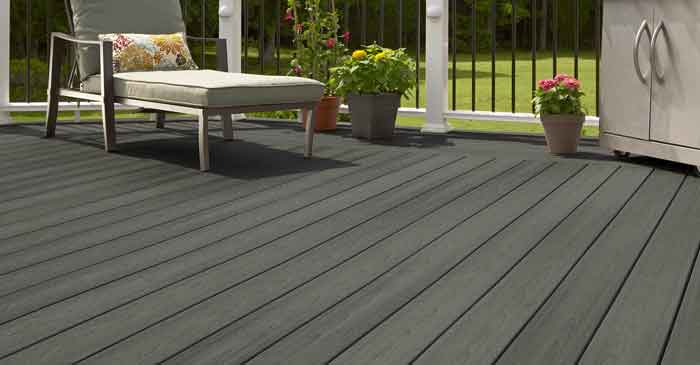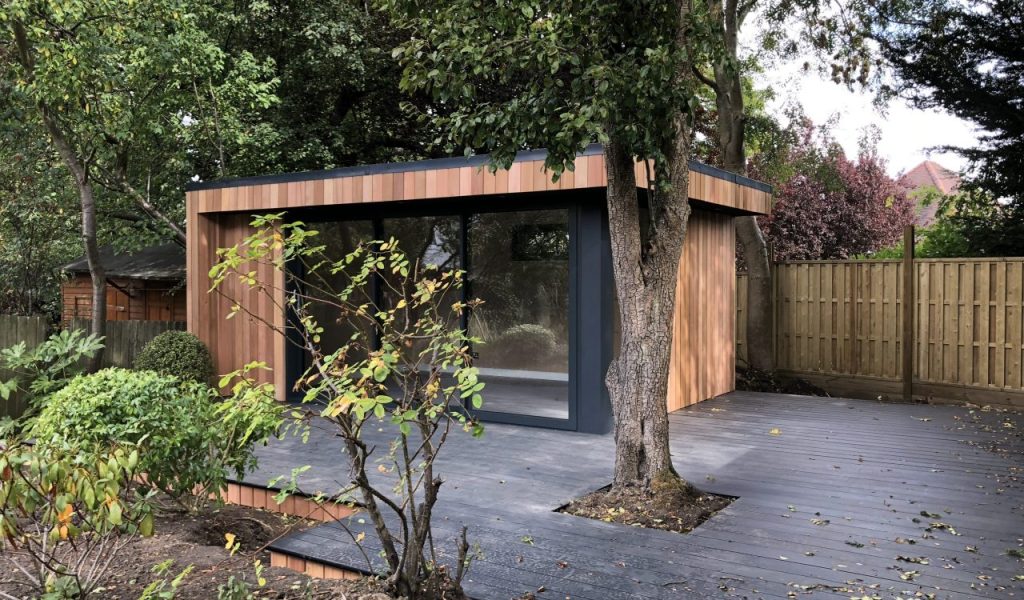Timber Sash and Case Window Repairs
Timber sash and case windows are iconic features of Scotland’s architectural heritage, adorning historic buildings and homes with their timeless elegance and craftsmanship. However, Scotland’s harsh winter climate presents unique challenges for these traditional windows, often leading to issues such as draughts, heat loss, condensation, and damage. In this comprehensive guide, we’ll explore the common problems faced by timber sash and case windows during winter in Scotland, effective repair techniques, and strategies for preserving these cherished architectural treasures.
- Draughts and Heat Loss: One of the most prevalent issues with timber sash and case windows in Scotland’s winter is draughts and heat loss. Poorly insulated windows can allow cold air to enter the home and warm air to escape, leading to discomfort for occupants and increased energy bills.
Causes: Draughts and heat loss in timber sash and case windows are often caused by gaps and cracks in the window frames, sashes, and glazing. Over time, the natural movement of wood and exposure to fluctuating temperatures can cause seals to deteriorate, allowing air infiltration and heat transfer.

Repair Techniques:
- Seal and Caulk: Identify and seal any gaps or cracks in the window frames, sashes, and glazing with weatherproof caulk or sealant. Pay close attention to areas where the window meets the wall or trim, as these are common locations for air leakage.
- Install Draught Excluders: Install draught excluders or weatherstripping around the perimeter of the window frame to create a tight seal and prevent air infiltration. Choose durable materials such as rubber or silicone that can withstand the rigors of Scotland’s winter climate.
- Replace Broken or Missing Putty: Inspect the glazing putty around the window panes for signs of damage or deterioration. Replace any broken or missing putty to ensure a secure seal and prevent water infiltration and heat loss.
- Condensation: Condensation is another common problem experienced by timber sash and case windows during Scotland’s winter months. Condensation occurs when warm, moist air comes into contact with cold surfaces, such as window glass, resulting in the formation of water droplets.
Causes: Condensation is often caused by inadequate ventilation, excess humidity levels, and poorly insulated windows. Timber sash and case windows with single glazing or inadequate seals are particularly prone to condensation, as they allow cold exterior temperatures to penetrate the glass surface.
Repair Techniques:
- Improve Ventilation: Increase ventilation in the home by opening windows periodically to allow fresh air to circulate and moisture to dissipate. Install trickle vents or passive ventilation systems in timber sash and case windows to promote airflow and reduce condensation buildup.
- Upgrade Glazing: Consider upgrading to double or triple glazing for improved insulation and condensation resistance. Double glazing consists of two panes of glass separated by a gas-filled space, while triple glazing incorporates three panes for even greater thermal performance.
- Use Dehumidifiers: Use dehumidifiers or moisture-absorbing products to reduce humidity levels in the home and prevent condensation on timber sash and case windows. Place dehumidifiers in areas prone to moisture buildup, such as kitchens, bathrooms, and laundry rooms.
- Rattling and Sticking: During Scotland’s winter, timber sash and case windows may experience issues such as rattling or sticking, making them difficult to open, close, or operate smoothly. These problems can be caused by changes in temperature and humidity, as well as wear and tear on the window hardware.
Causes: Rattling and sticking in timber sash and case windows are often caused by loose or worn window hardware, swollen wood frames, or misaligned sashes. Cold temperatures can cause wood to contract and hardware to tighten, leading to friction and difficulty in operation.
Repair Techniques:
- Lubricate Hardware: Apply a lubricant or silicone spray to window hinges, pulleys, and tracks to reduce friction and facilitate smooth operation. Ensure that all moving parts are properly lubricated and free from rust or corrosion.
- Adjust Sash Weights: Check the balance and alignment of the sash weights in timber sash and case windows. Adjust the weights as needed to ensure that the sashes open and close smoothly without sticking or binding.
- Repair Swollen Wood Frames: If timber frames have swollen due to moisture absorption, carefully sand down any high spots or protrusions to restore a proper fit and alignment. Avoid sanding too much, as this can compromise the structural integrity of the window frame.
- Wood Rot and Decay: Wood rot and decay are serious issues that can affect timber sash and case windows in Scotland’s winter climate, particularly in areas exposed to moisture and humidity. Rot and decay can compromise the structural integrity of the window frames, leading to costly repairs or replacement.
Causes: Wood rot and decay are typically caused by prolonged exposure to moisture, fungal growth, and insect infestation. Poorly maintained windows with damaged seals or untreated wood are particularly susceptible to rot and decay, especially in Scotland’s wet and windy weather.
Repair Techniques:
- Replace Rotted Wood: Carefully inspect timber sash and case windows for signs of wood rot or decay, such as soft or crumbling wood, discoloration, or fungal growth. Replace any rotted or decayed sections of wood with new timber using epoxy wood filler or wood patches.
- Treat with Fungicides: Apply a fungicidal treatment to timber sash and case windows to inhibit fungal growth and prevent further decay. Treat all exposed wood surfaces, including window frames, sashes, and glazing, to protect against moisture infiltration and fungal infestation.
- Improve Drainage: Ensure proper drainage around timber sash and case windows by clearing debris from gutters, downspouts, and window wells. Redirect water away from the foundation of the home to prevent excess moisture buildup and reduce the risk of wood rot and decay.
Timber sash and case windows require special attention and care during Scotland’s winter months to address common issues such as draughts, condensation, rattling, sticking, wood rot, and decay. By implementing effective repair techniques and preventative maintenance measures, homeowners can preserve the beauty, functionality, and historic charm of these cherished architectural features for generations to come.

















